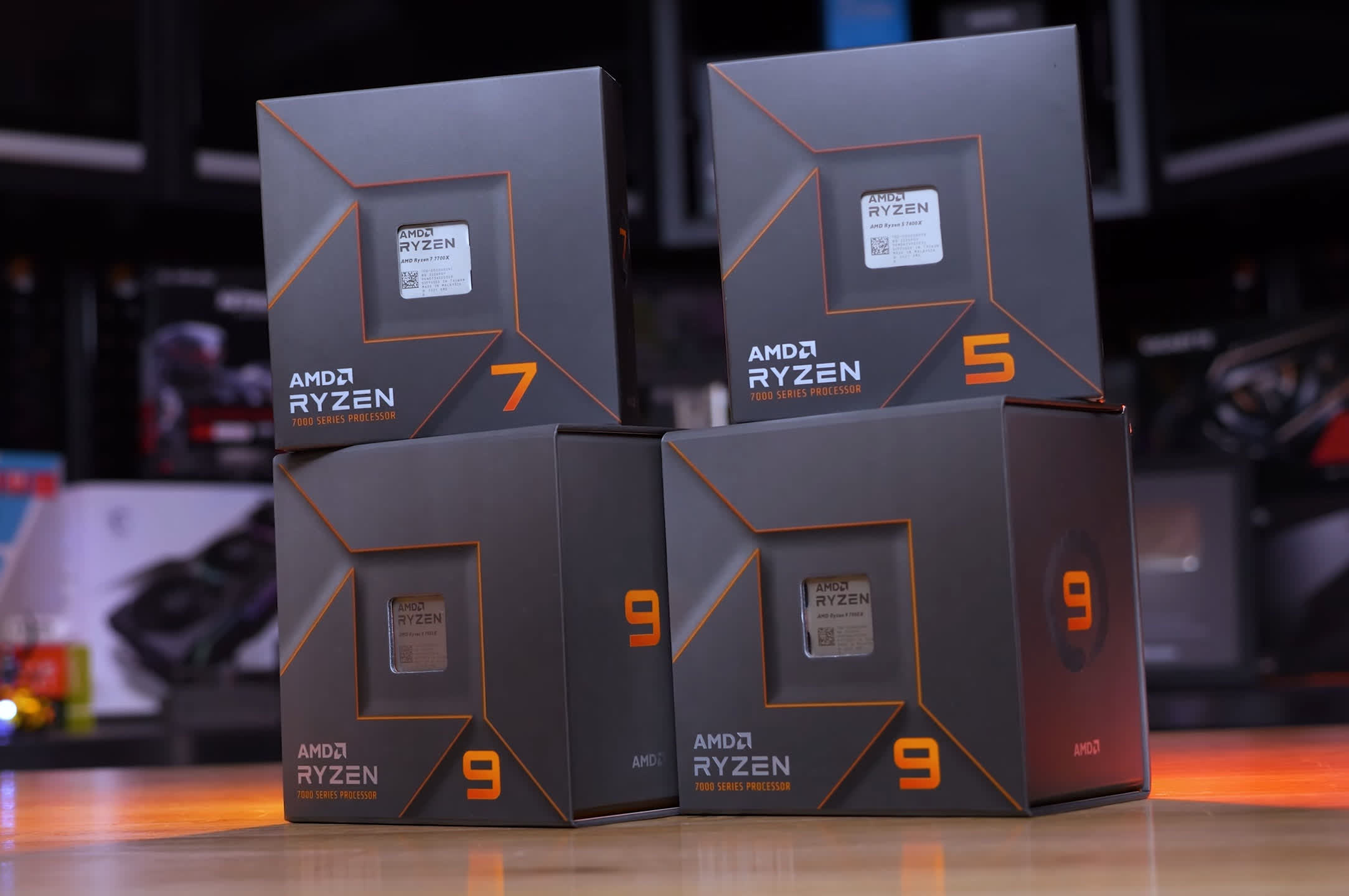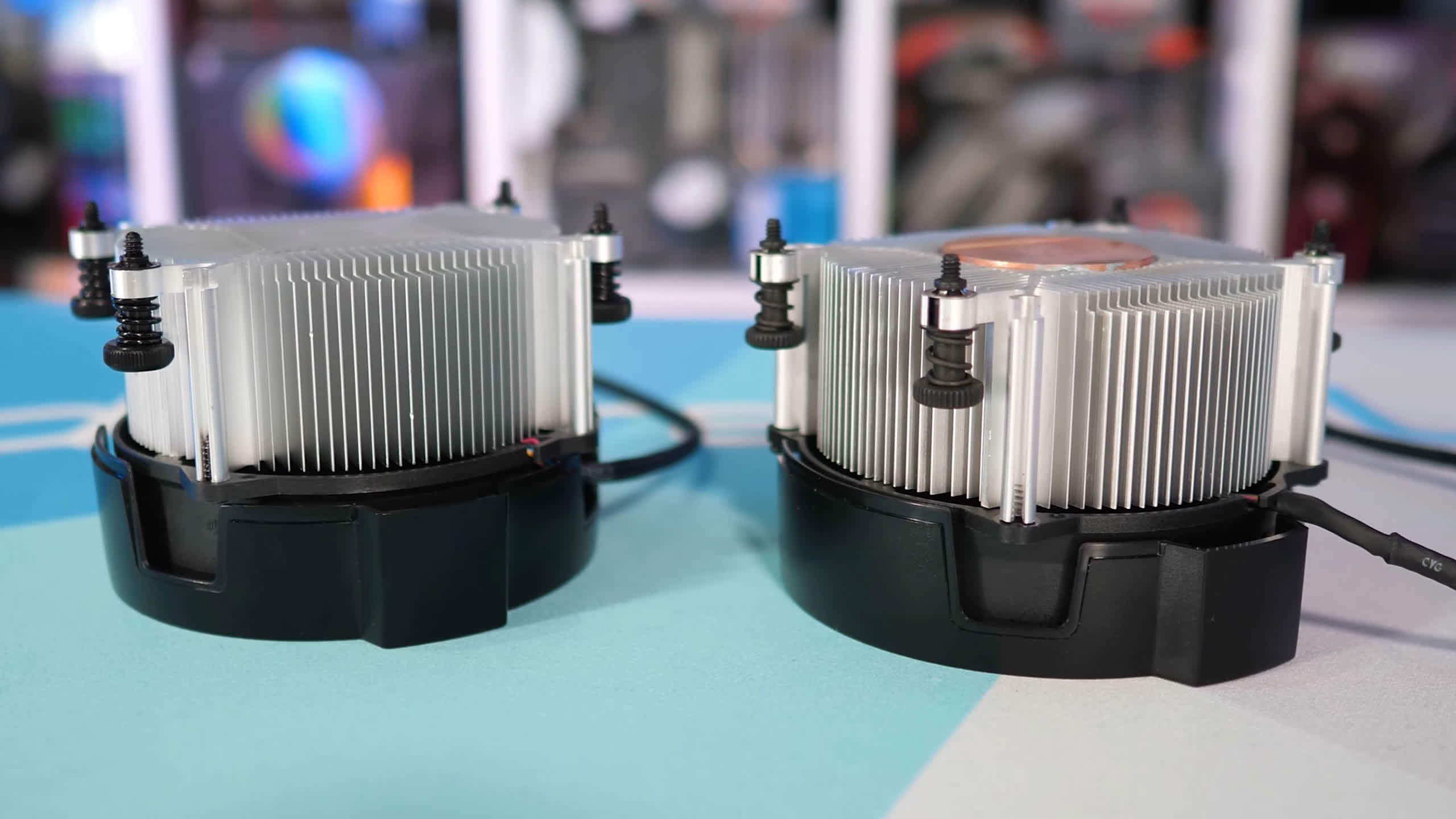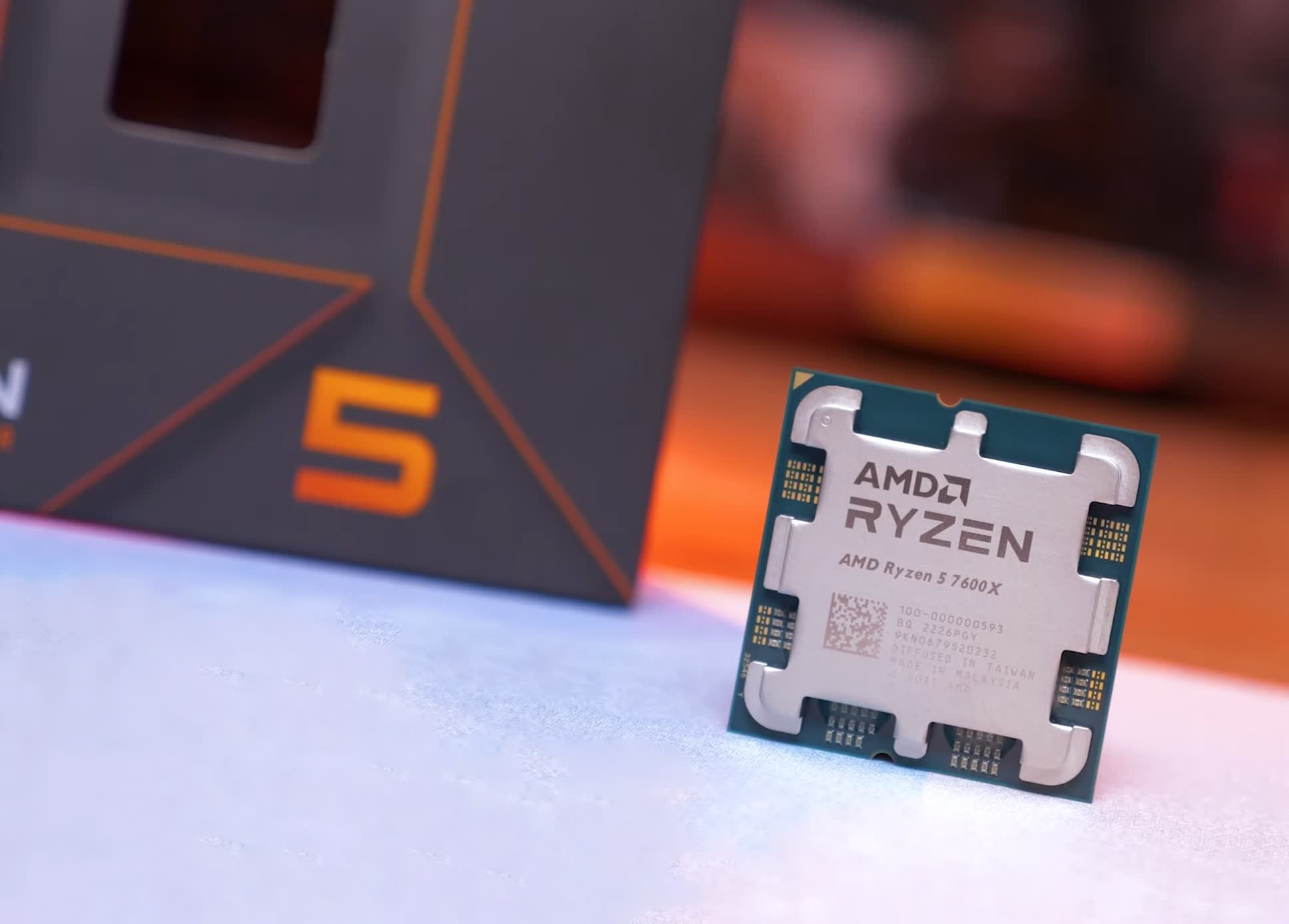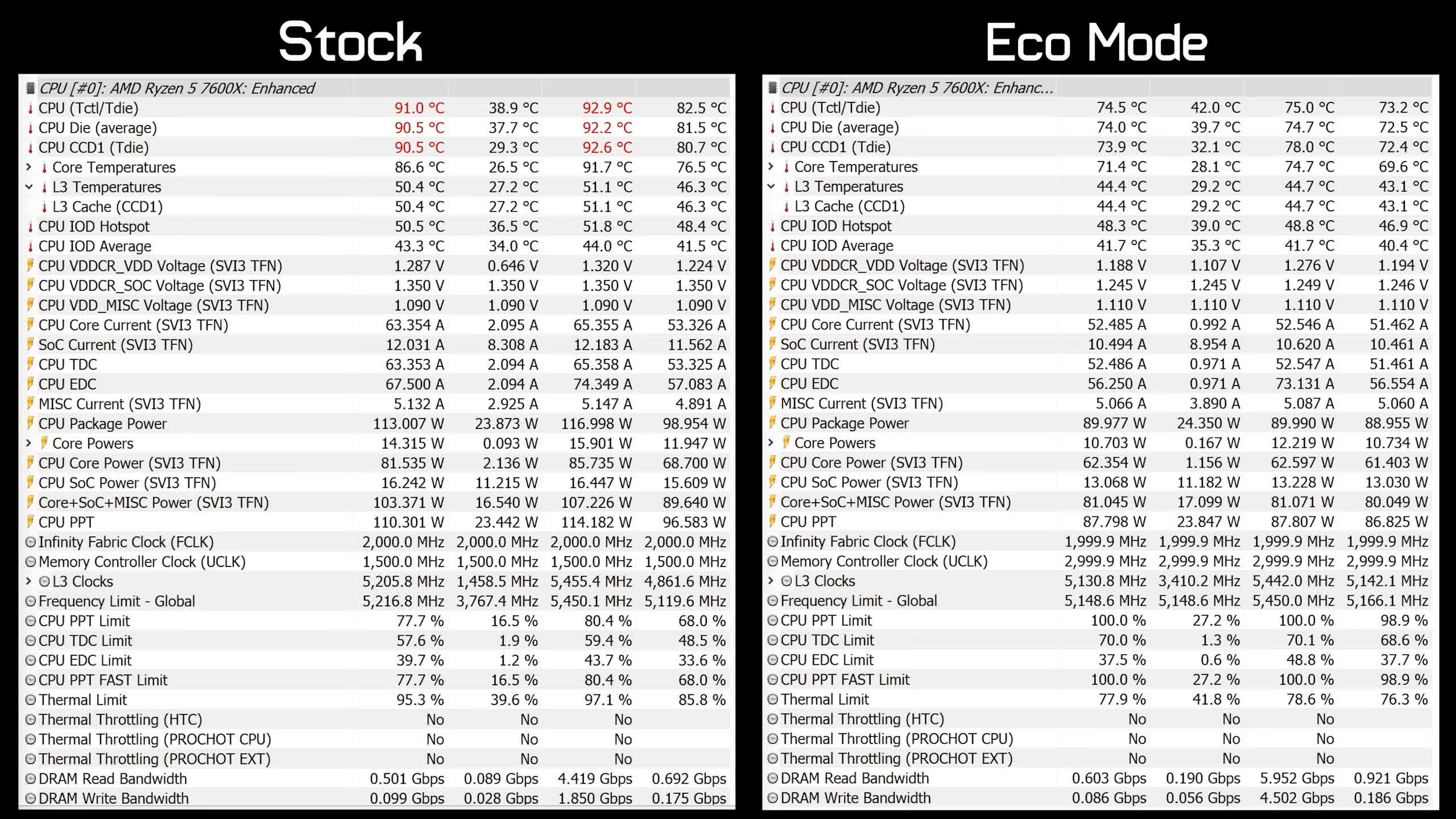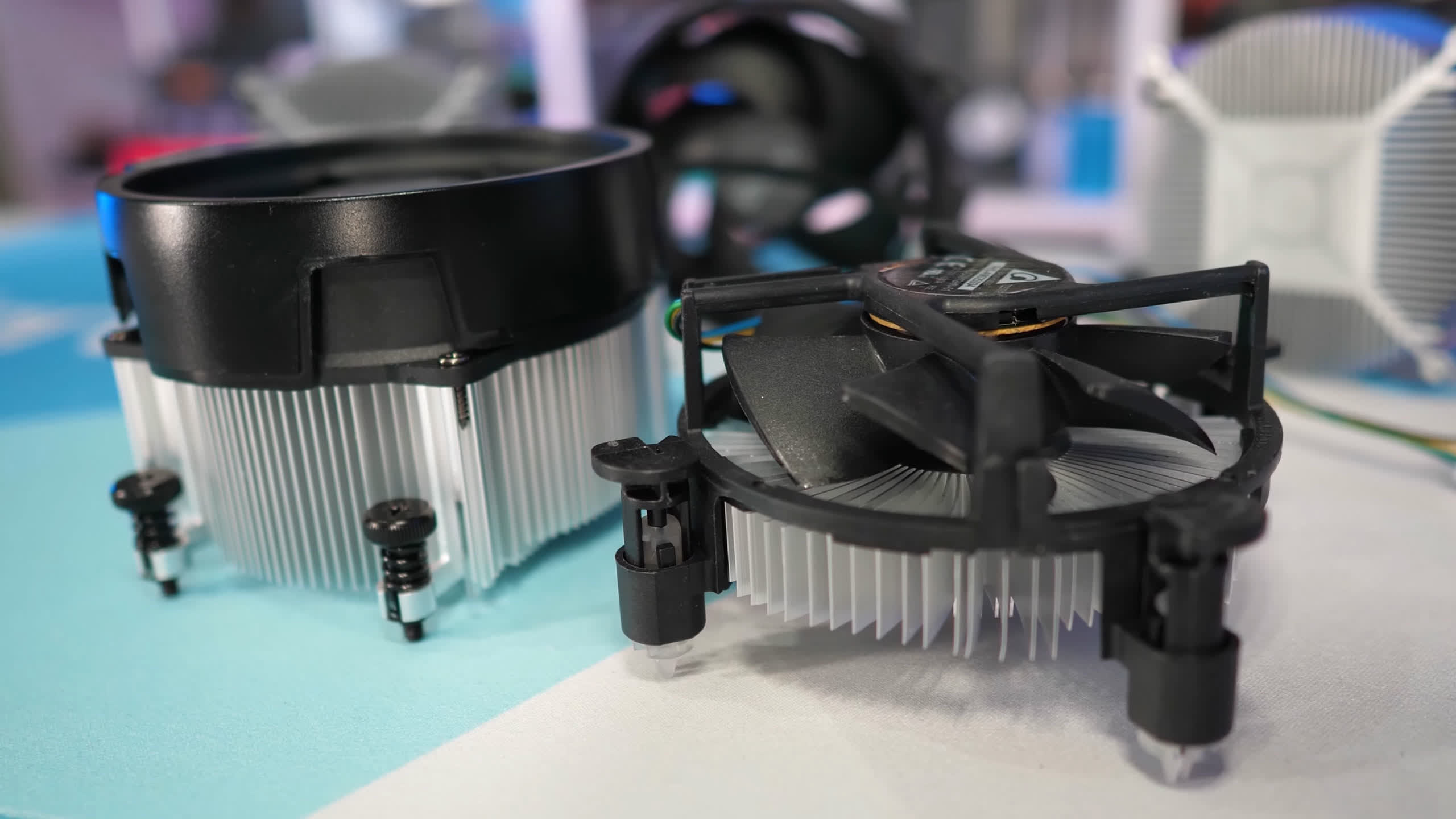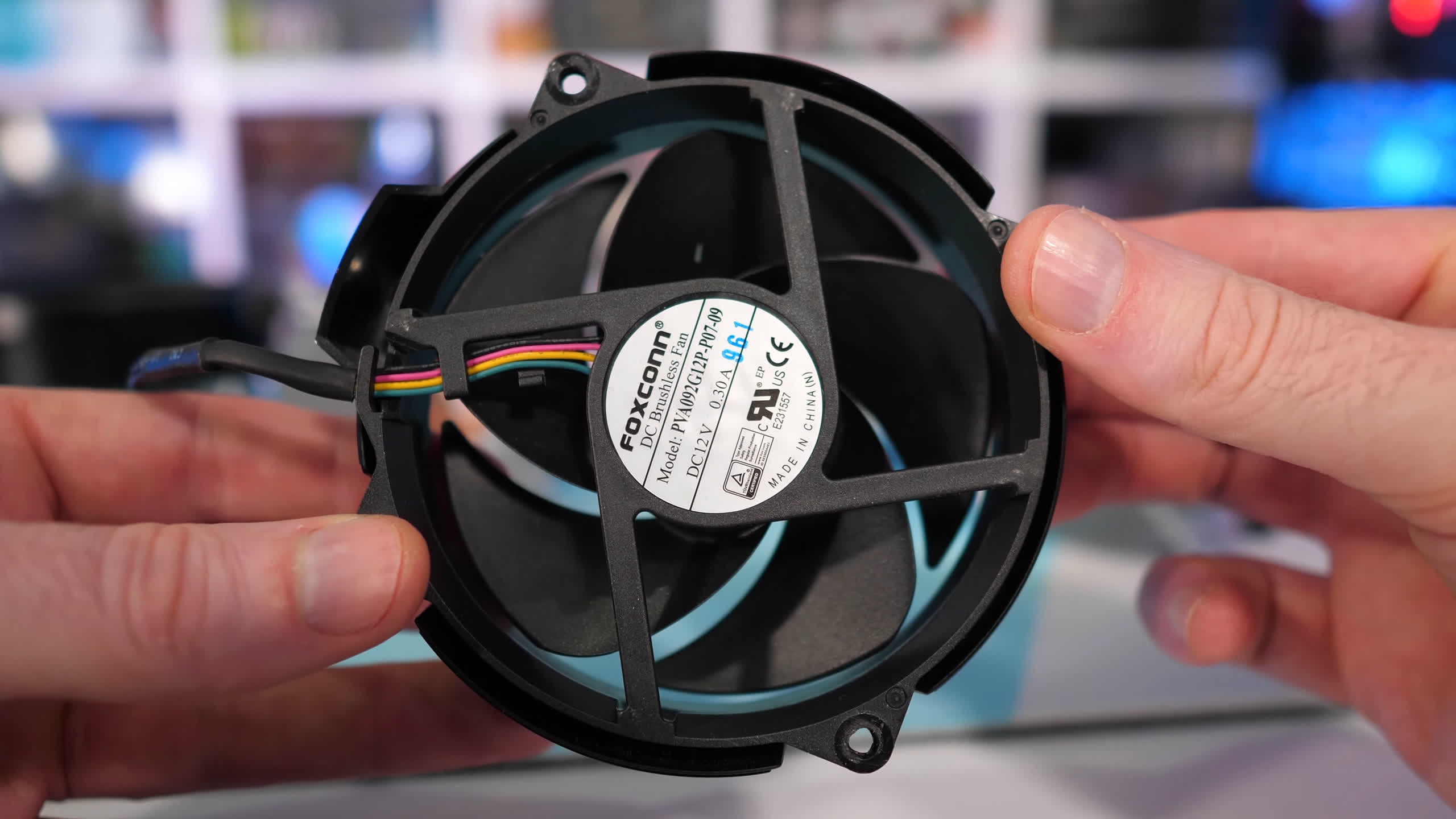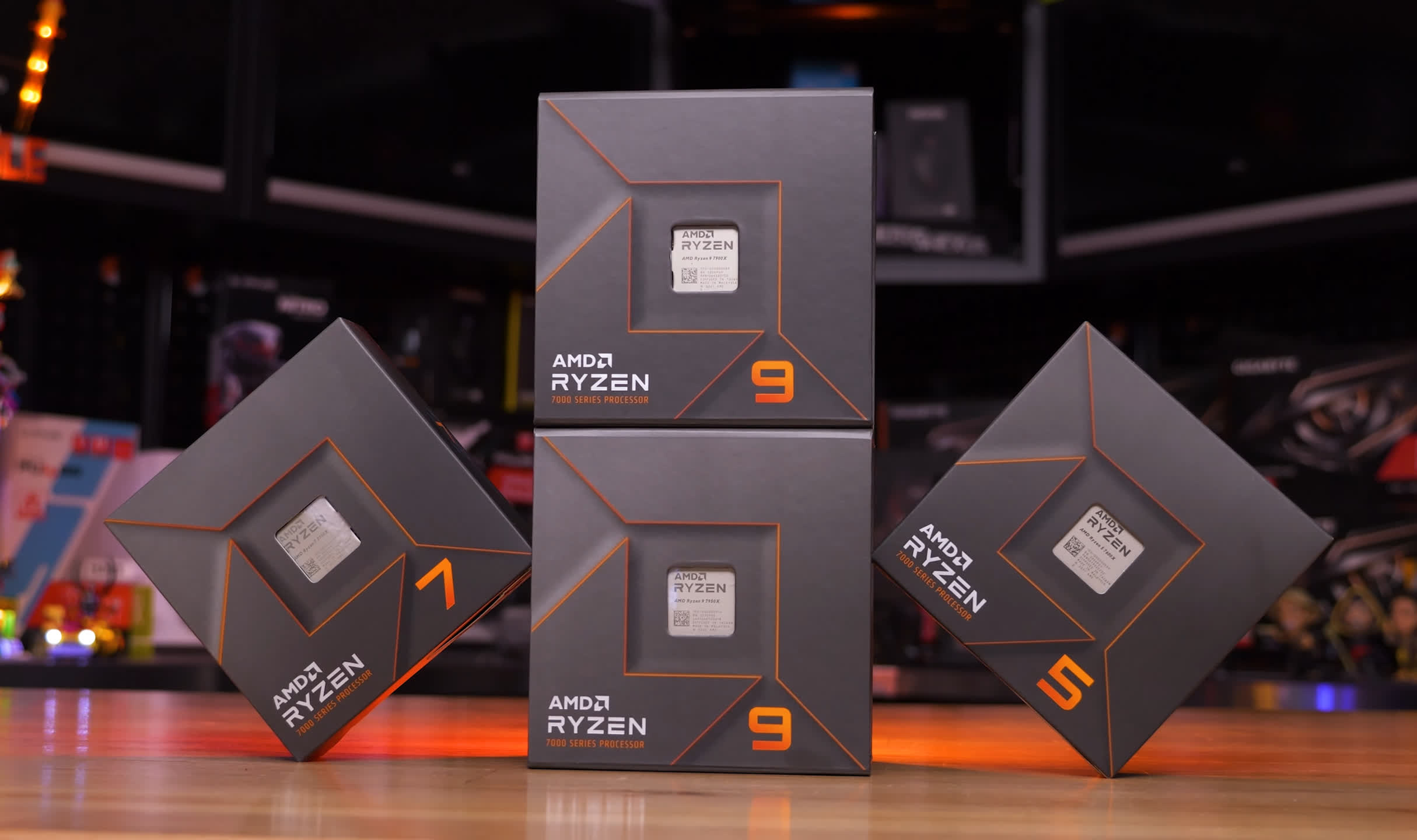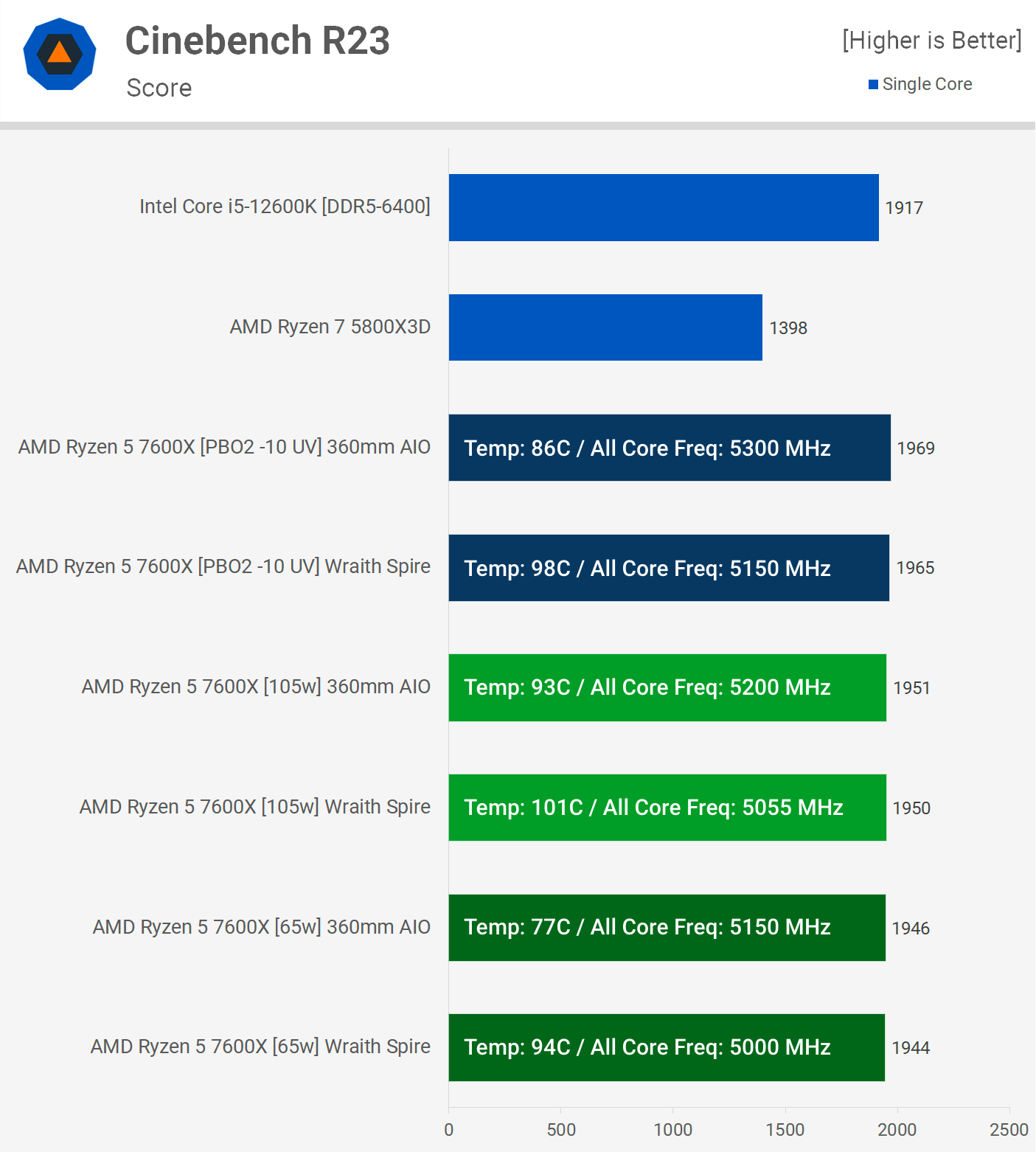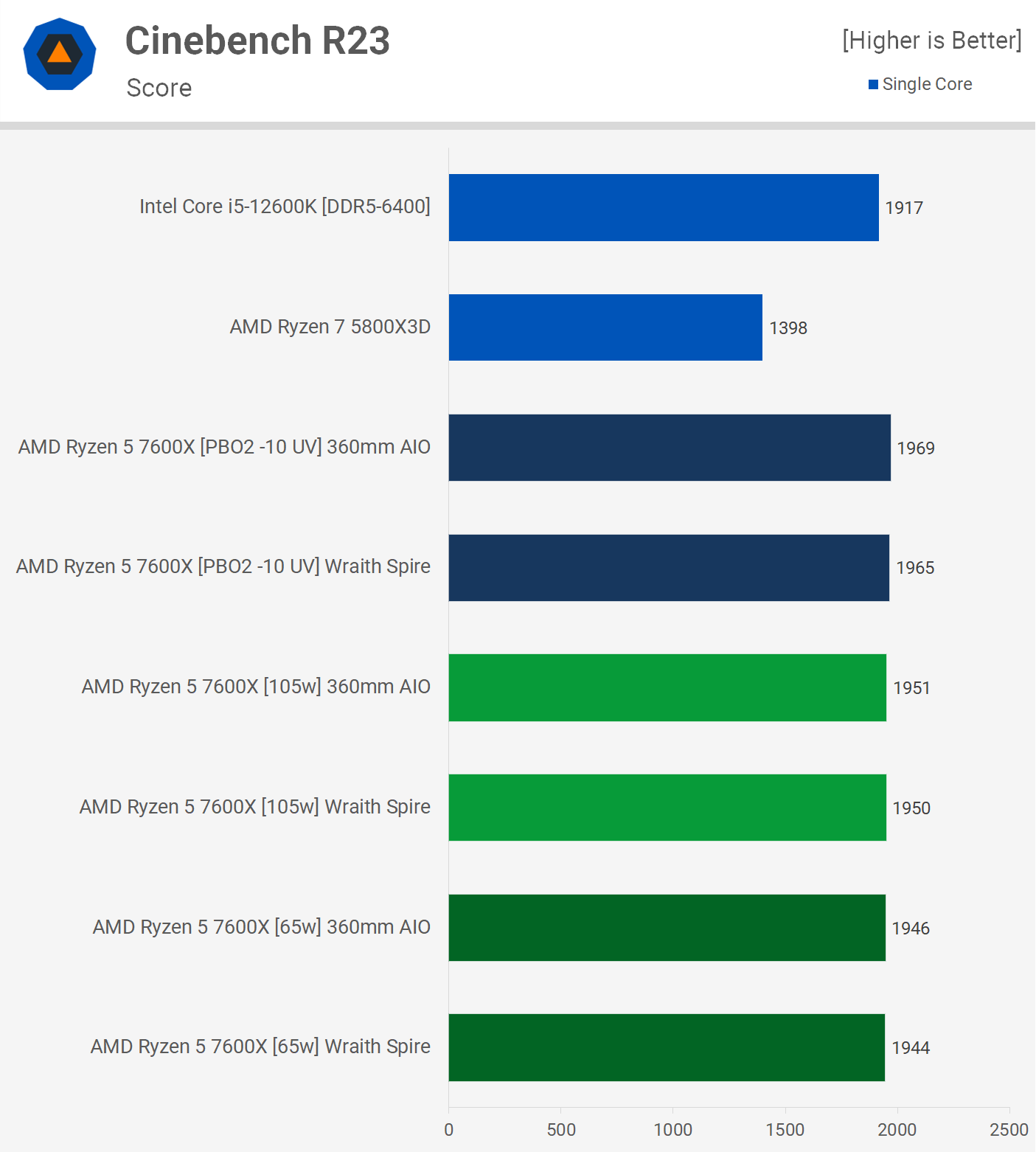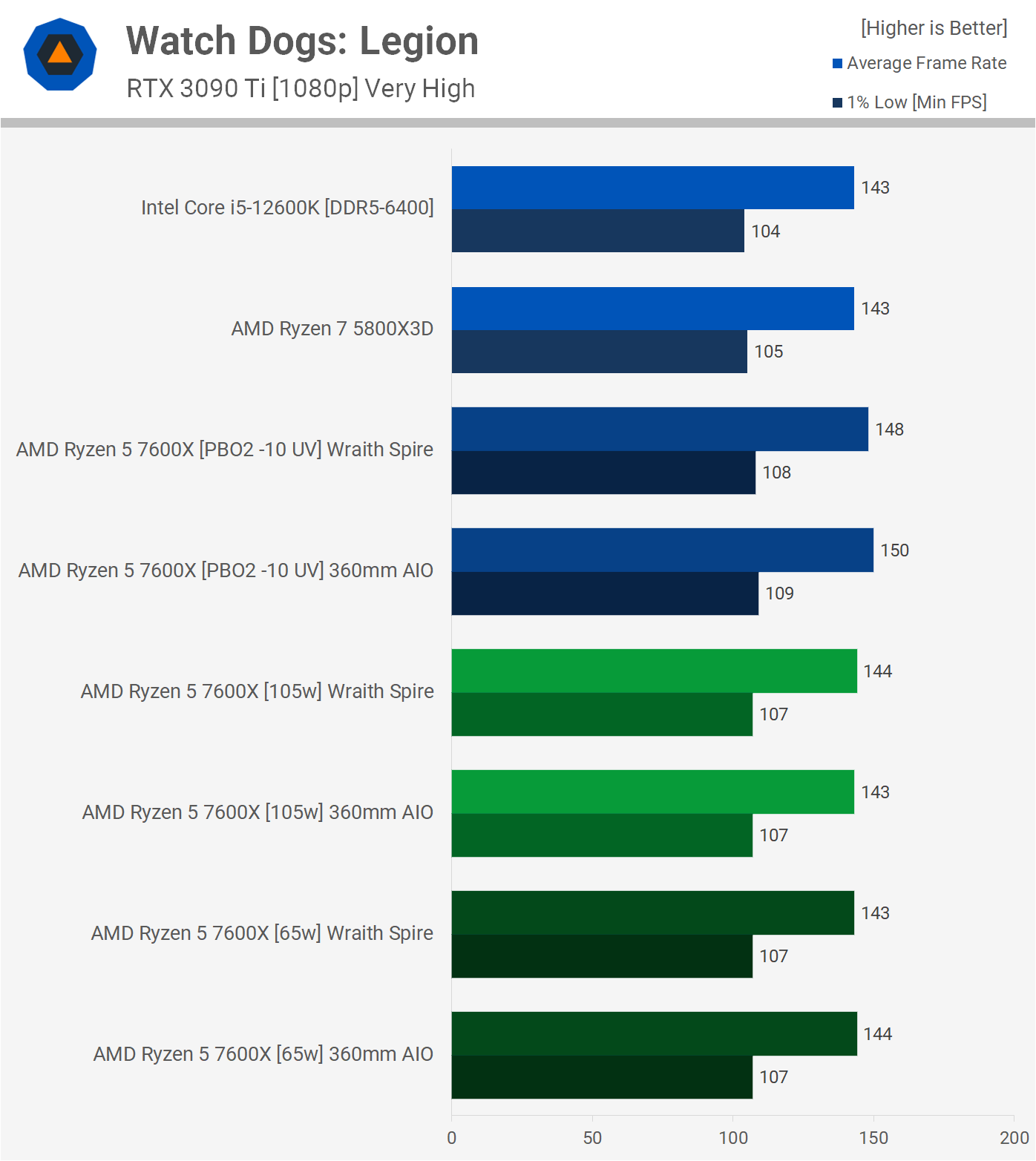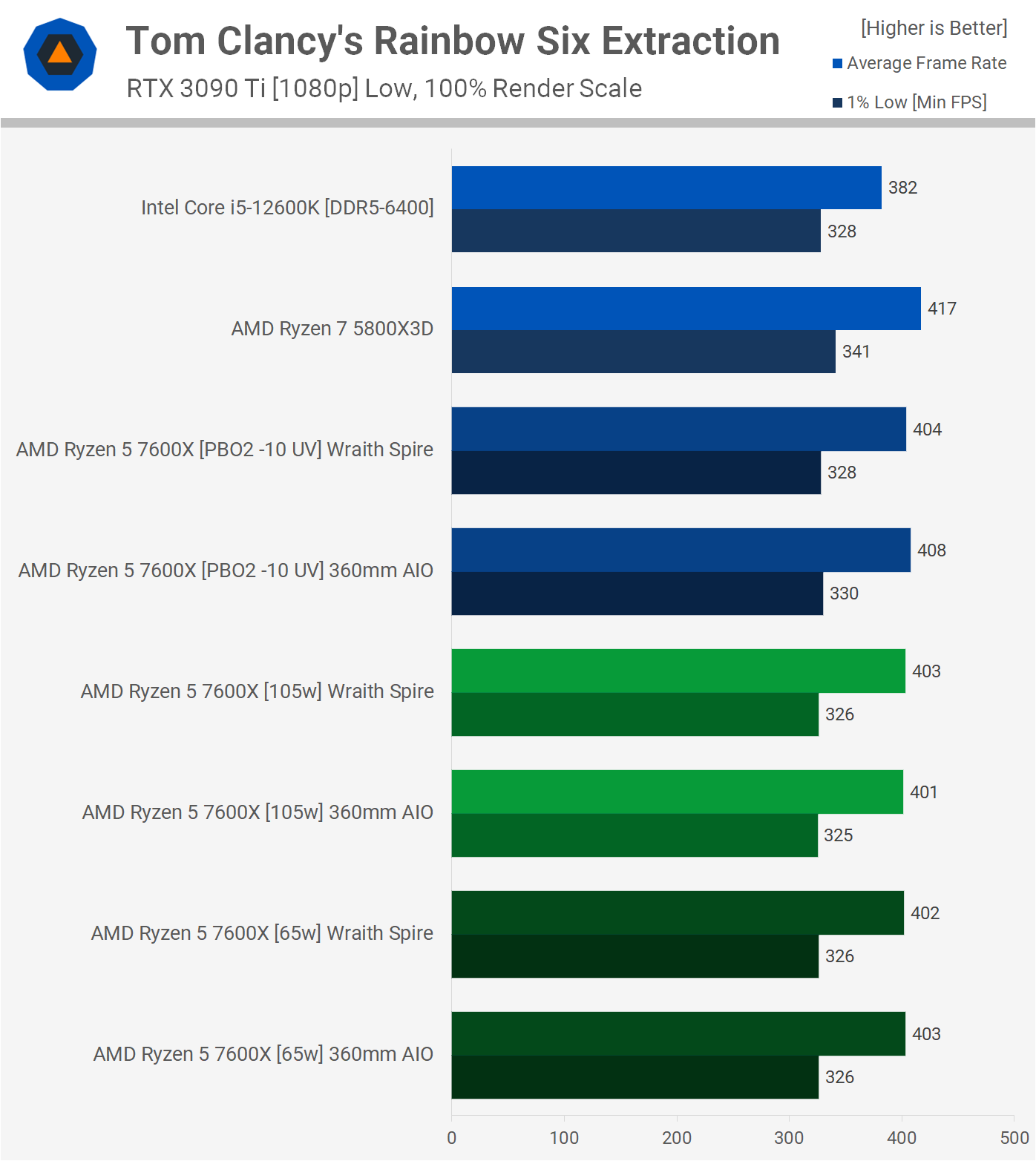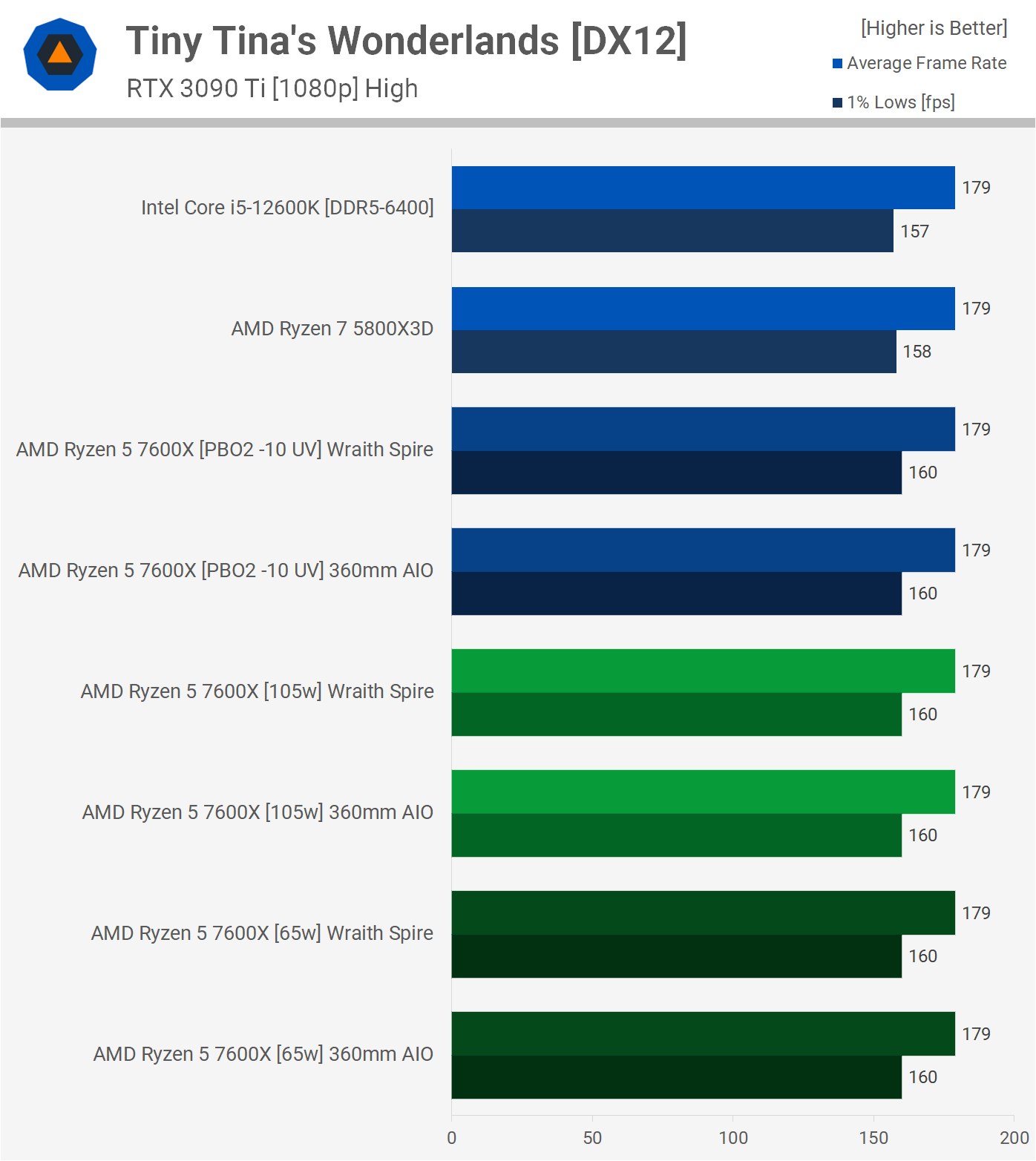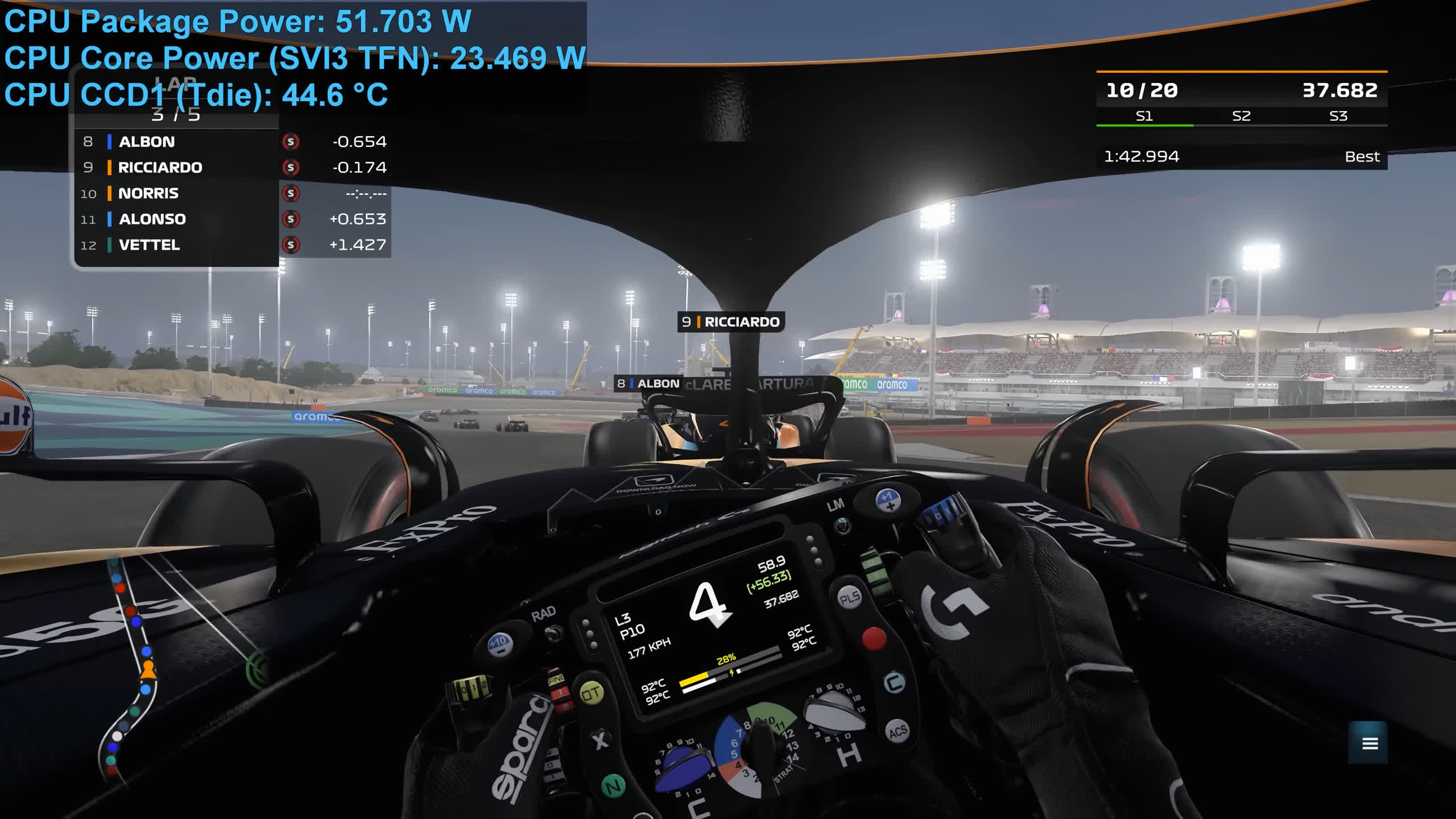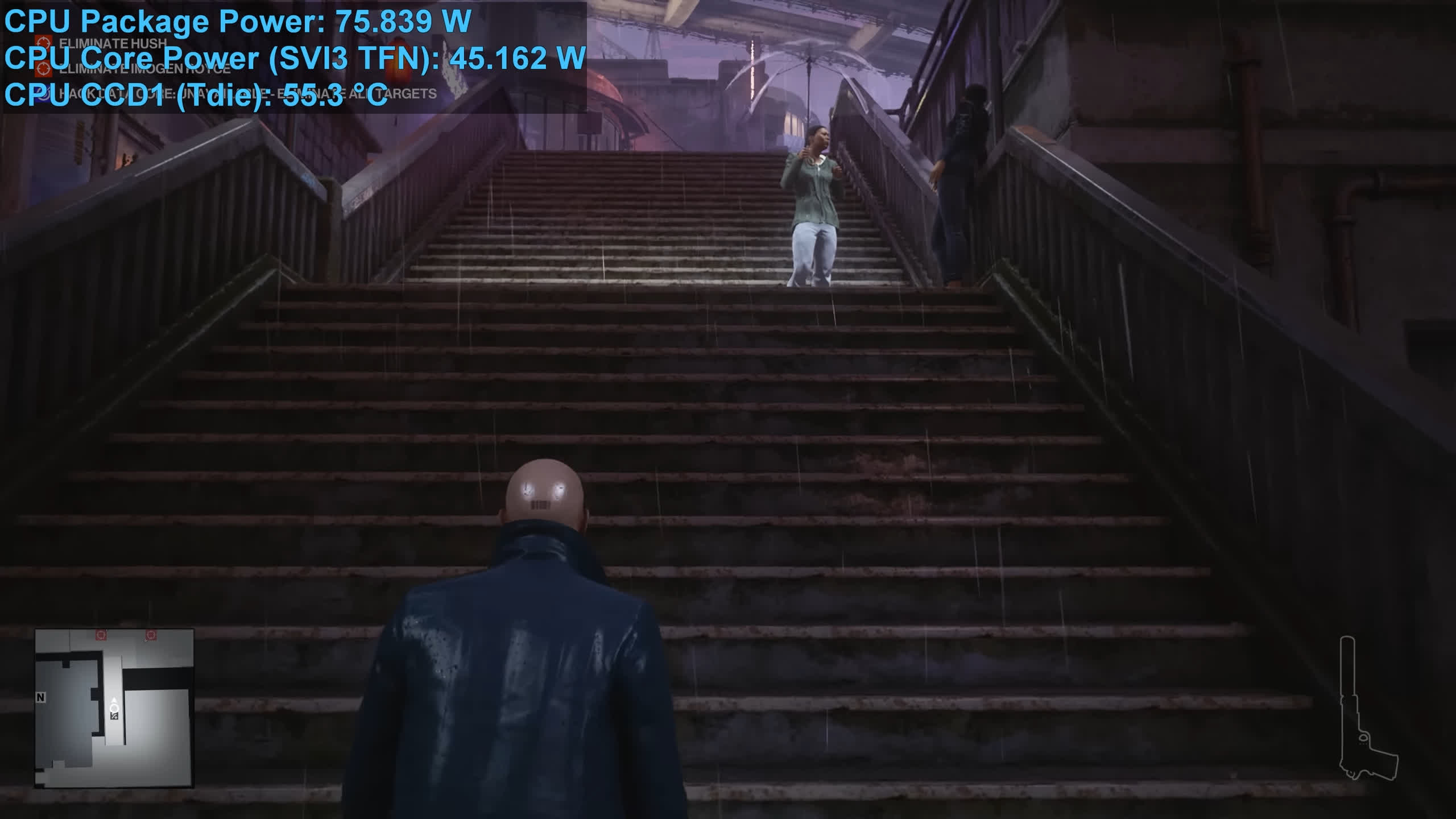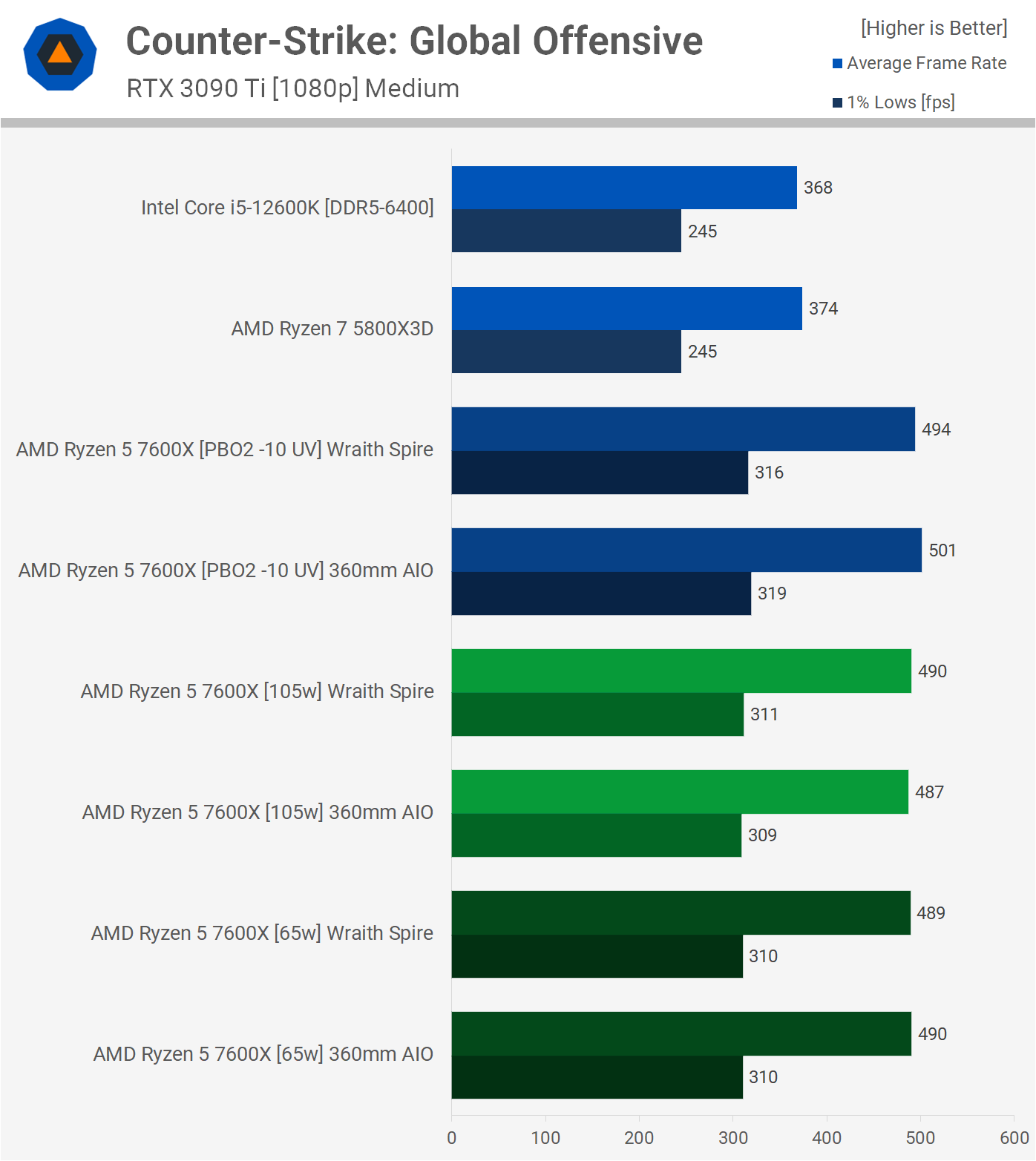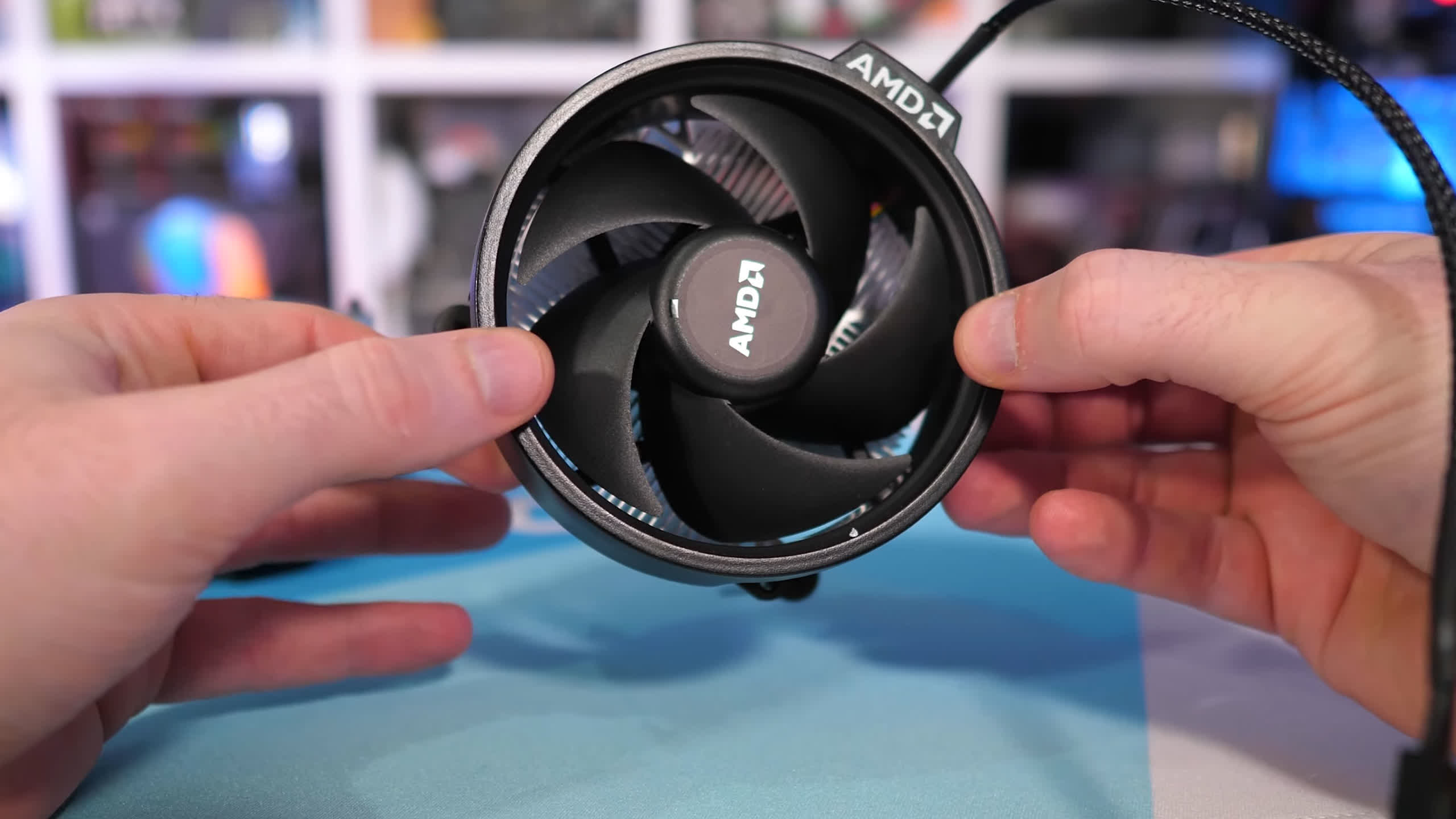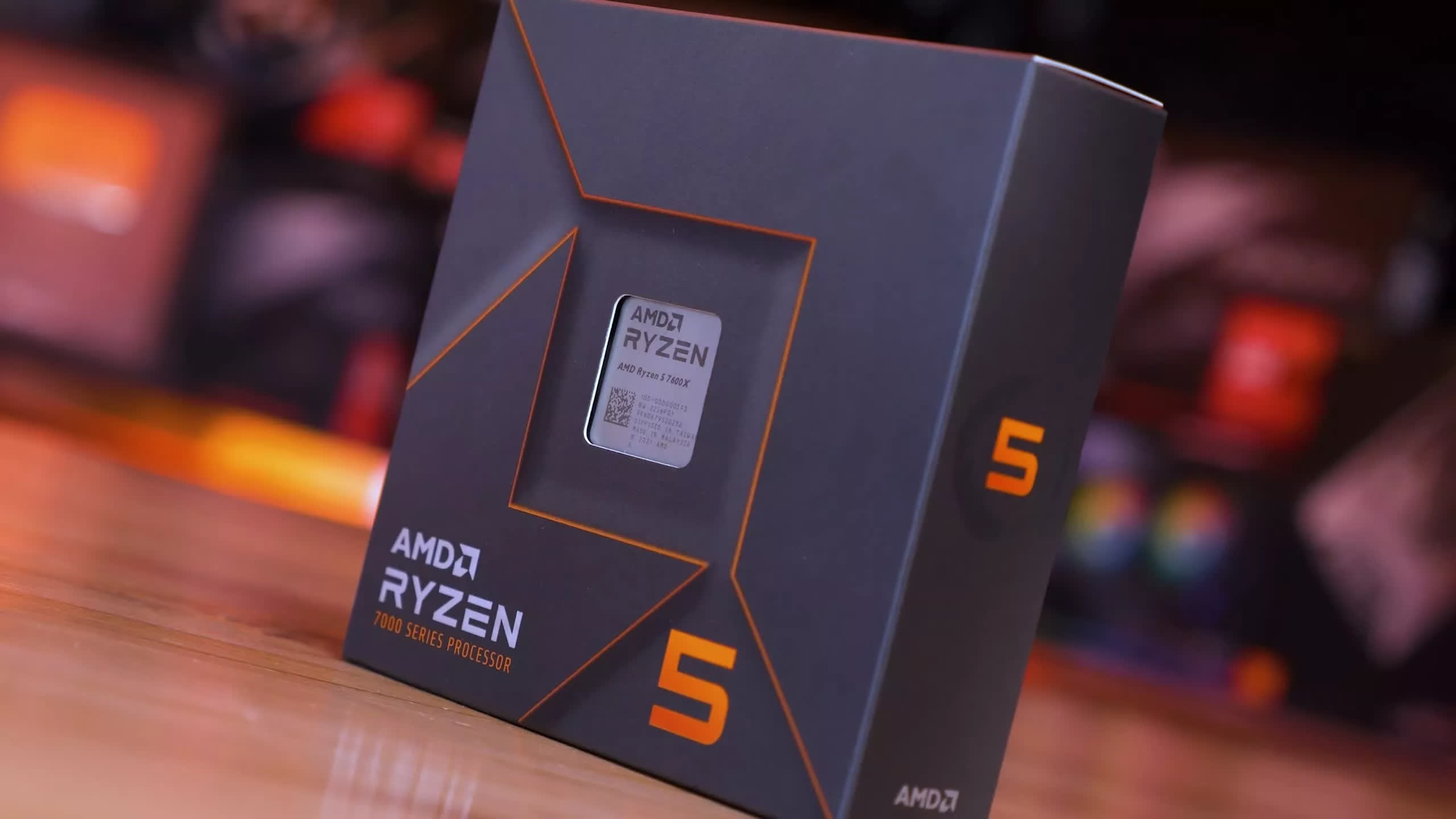One of the biggest points of contention with new AMD Zen 4 CPUs is their operating temperature, which is typically up around 95C. AMD has addressed this by saying it's all by design and is intended, but that hasn't stopped the Internet from drawing its own conclusions and assumptions.
We've heard countless different takes on the matter and with this feature we want to hone in on the genuine concern that using anything less than a liquid cooler on the Ryzen 5 7600X would see a significant performance loss. After all, in our review of the 7600X we tested with the be quiet! Pure Loop 2 FX 360mm liquid cooler and the chip still peaked at 93C for an all-core workload. That's an insane temperature for a 6-core CPU using a 360mm AIO.
Based on that alone, it's not crazy to assume that using an affordable air cooler performance will tank due to thermal throttling, which sees a reduction in operating frequency.
Shortly after completing our 7600X review we decided to do some testing and while we have significantly more Zen 4 cooling testing planned, this is an appetizer, a "for science" type test if you will...
We decided that it might be entertaining to throw AMD's old Wraith Spire box cooler on the 7600X to see just how poorly it would run, and the results were extremely surprising and not at all like what we were expecting.
Around the same time we were trying to burn up our 7600X with AMD's box cooler, a lot of talk around Eco Mode started to surface as well as the PBO2 curve optimizer with a negative voltage.
So we expanded the scope of the testing to look at not just how the 7600X behaves with a basic air cooler, but also how the 65w Eco mode works, as well as the PBO2 curve optimizer, and we did all this testing with both the Wraith Spire and the 360mm liquid cooler.
We have a lot of data to go over, but before we do let's talk about Eco Mode and PBO2.
AMD's Eco Mode simply enforces a power limit, so rather than let the 7600X run at full power, which we observed as 86 watts for the cores, it limits core power to 65 watts, a rather substantial 24% drop in power.
This won't improve performance, if anything it will reduce it, but the hope is it will only slightly reduce performance while massively reducing thermals.
Then we have the PBO2 curve optimizer with a negative voltage, this can be thought of more like overclocking, as in your mileage will vary and ensuring stability can be tricky. The curve optimizer is an Adaptive Voltage and Frequency Scaling feature which can either be set to increase or decrease voltage from the stock setting.
In the case of Zen 4, you want to reduce the voltage as these CPUs are thermally limited, not power limited. Lowering the voltage reduces thermals and therefore buys you more frequency headroom. This can introduce stability issues however, as the CPU doesn't always have enough voltage for the target frequency.
Adding another layer of complexity is that not all silicon is equal. For example, what our 7600X can achieve in terms of undervolting could be wildly different to most, it might be much better or perhaps much worse, and at this point in time it's impossible to say what the expectation is.
It's also difficult to validate an undervolt and to do so with any degree of accuracy would take at minimum days of stress testing. For example, our 7600X accepted the maximum undervolt value of negative 30, it loaded straight into Windows and we began testing. After an hour of looping Cinebench R23 things looked good, thermals were well down, and performance was improved, amazing...
Gaming also enjoyed a nice performance bump, things were getting exciting. But then we tried to run Blender and within minutes the application crashed to desktop. After several tries we reverted back to BIOS defaults and the stability issues went away. So we tried a negative 25 offset, still no joy. Negative 20 was no good, and negative 15 also failed. In fact, it wasn't until we went for negative 10 that the system appeared completely stable, but we've yet to run different loads for days on end, so we can't say for sure that it's 100% stable.
We've since tried all four Zen 4 CPUs and none of them are 100% stable using a -30 offset, most will handle Cinebench without issue, but applications like Blender will crash. Based on our limited testing -10 to -15 appears achievable, but again we've not done the appropriate level of stress testing to say to say they're 100% stable under those conditions.
This is all to say and make it very clear that undervolting should be viewed in the same light as overclocking: you're running the CPU out of spec and depending on silicon quality your mileage will vary. Just because a configuration appears stable after running some games and benchmarks, doesn't mean it's 100% stable and won't let you down at the most inconvenient of times.
There's also good reason why AMD runs these Zen 4 processors at the voltages they do, they're not adding excessive voltage for the sake of it, they know exactly what these CPUs require for maximum stability.
For testing we're using our standard AM5 test system which is built inside the Silent Base 802 chassis. The GeForce RTX 3090 Ti has been used along with 32GB of DDR5-6000 CL30 memory, and for cooling we have the Pure Loop 2 FX 360mm liquid cooler and the AMD Wraith Spire (we're using the original Spire with the copper slug). Let's now get into the results...
Application Benchmarks
Starting with the Cinebench R23 multi-core results, let's first compare stock 105w behavior. Here the 7600X scored 15204 pts, which was shown in our day-one review. Using the Wraith Spire we see a 5% drop in performance to 14408 pts as the sustained clock frequency dropped by 3% and the operating temperature increased from 93C up to 101C, which is very hot.
We were still shocked to see the all-core performance drop by just 5%. So rather than try and cap the processor at 95C, it's allowing the 7600X to exceed 100C to avoid heavy throttling.
With Eco Mode enabled (which are the 65w results), we see that with the 360mm AIO the peak operating temperature has dropped by 16C, which is huge and yet all this cost us was 50 MHz for a mere 1.5% drop in performance.
It also improved performance with the Wraith Spire, while reducing the operating temperature by 7 degrees and now the 7600X is just 4% slower than the review configuration, just 4% slower and a degree warmer while using the box cooler, that's pretty nuts.
Looking at the undervolt results, we see with the 360mm liquid cooler that things have improved, not massively but even with a negative 10 offset we're still seeing a 7 degree drop in operating temperature with a 100 MHz boost to the sustained operating frequency and this did improve performance by roughly 2%. Certainly nothing to write home about when it comes to performance, but the fact that this was achieved while reducing temperatures is a good result.
It's a similar story with the Wraith Spire box cooler. We're now looking at comparable performance to that of the stock behavior at 105 watts, though temperatures are still up by 5C.
This means that just enabling Eco Mode on the 7600X will provide the best temperature results while not compromising stability, while undervolting will generally improve performance and slightly lower temperatures from the stock configuration.
Both are good options, but neither are amazing, they don't drastically improve how the 7600X performs.
Meanwhile, the single core performance is barely affected, moving in either direction from stock by no more than a percent.What that means is for the most part gaming performance should be largely unaffected.
Here's a quick look at Blender for those of you interested. We won't break down all this data again as the trends are similar to Cinebench.
What we will say is that using the Wraith Spire will result in about a 4% performance hit, which is a small difference really.
Here's a look at total system power usage in Blender. Stock the 7600X pushed total usage to 226 watts and with the Wraith Spire that figure came down to 211 watts as the higher operating temperature saw the operating frequency slightly decreased.
Eco Mode doesn't make a huge difference, though we are seeing a 13% reduction in total system usage, which makes sense given the CPU itself saw a 24% reduction.
Then with the undervolt, total system usage dropped by just 7%, but remember the operating frequency, temperature and performance was increased, which results in a net gain.
Gaming Benchmarks
For testing games we'll start with Watch Dogs: Legion, where we see that performance using the Eco Mode is basically identical to what we saw stock, so at the very least gamers will want to enable that mode.
For the best result, undervolting looks like the way to go. Using the Wraith Spire we saw a 3% boost and a 5% boost for the 360mm liquid cooler, so that's a nice gain. It's certainly not massive, but a 5% boost for free while also reducing power and thermals is a positive result.
The Rainbow Six Extraction performance was much the same. This time at best we received a 2% boost via undervolting, so not exactly exciting and again enabling Eco Mode seems the way to go for 7600X owners if you're worried about high operating temperatures at stock.
Hitman 3 showed more of the same, performance for the most part went unchanged between the various configurations.
Tiny Tina's Wonderlands was already heavily GPU bound using the 7600X, so no change here and these results will apply to the vast majority of gaming scenarios.
In short, there's very little difference between these various configurations when gaming. The 7600X generally doesn't come close to reaching maximum power when playing games and when limited to 65 watts it will more often than not still operate below that.
This also means when gaming the 7600X won't be pegged at over 90C like what we see in all-core workloads such as Blender and Cinebench R23, rather for the vast majority of games temps will be significantly lower.
Gaming Temps + Power
For example, here's a look at F1 22 after an hour of looping the built-in benchmark. For the most part, the temperature hovered between 40-50C with the occasional spike into the 60s.
Total CPU package power draw was often in the low-50w range with core power just over 20w, so when compared to all-core workloads the power draw and temperatures are significantly lower in F1 22 gameplay.
Cyberpunk 2077 is much more CPU demanding and here the package power typically stayed above 80w, but even so temperatures were still miles off the 93C seen in Cinebench, typically hovering around 63C with brief spikes over 70C.
Spider-Man Remastered is another heavy CPU user pushed package power to around 82 watts for an operating temperature of about 60c, so a similar result to what was seen with Cyberpunk.
Hitman 3 power usage ranged between 60 and 75w for the bulk of our testing and this resulted in operating temperature in the 50-60c range, so a bit more than F1 22 but less than Cyberpunk 2077.
Tiny Tina's Wonderlands isn't too CPU demanding and here we saw similar behavior to that of F1 22. Typically package power hovered just above 50w with operating temperature ranging between 45 - 50C.
Finally, Counter-Strike isn't a core-heavy game but it does push the CPU with hundreds of frames per second which saw package power generally around 50w for a typical operating temperature of just 50C.
What We Learned
Starting from the top, the new Eco Mode is just a power limit and it worked quite well with the Ryzen 5 7600X, dropping temperatures substantially with a good cooler, while having almost no impact on performance. How much different this will be for higher-end 170w Zen 4 CPUs models will depend on the power limits. Right now, the 1-click-option in Ryzen Master will apply a 65w limit, but motherboards are now getting this feature, so we expect a range of power options.
A similar method would be to simply force a hard temperature limit. It's virtually the same thing as Eco Mode, the power limit is just a bit more dynamic depending on your cooling performance, but the overall result will be similar.
Undervolting with PBO2 is a neat trick though as we've explained there are a few major caveats. Depending on silicon quality the results could be great, decent or very unimpressive, so this is not a universally proven method.
The other issue is stability and stress testing to a degree where you can be satisfied that the system is 100% stable under all conditions takes time and experience, and if you can't afford crashes we'd say for most it's simply not going to be worth the risk.
What shocked us was how well the 7600X worked with the Wraith Spire. Surely, temps using the stock configuration were high, but it worked fine and performance was great. Then with a little tweaking or by simply enabling Eco Mode it was very usable. Temps were still high, but we were now in AMD's "safe" range. More importantly, this means using an affordable tower style cooler is very possible and will lead to much better results than what we saw with the AMD box cooler.
It's also important to note that the 95C results shown for Zen 4 CPUs are recorded running stressful all-core workloads and don't apply to any gaming situation. Using the exact same configuration that resulted in 95C in Cinebench R23 saw on average just a 60C operating temperature when gaming, and for many games the temperature will be considerably less.
At this point, we don't find the high operating temperatures of Zen 4 that big of a deal. By monitoring how they behave it's quite obvious AMD isn't lying, rather the CPUs are operating as intended and as process nodes continue to increase in density we believe this sort of behavior will be normalized.
The real issue for Zen 4 at present is platform cost. The new CPUs are already expensive, but it's the absurd price of AM5 motherboards that hurts their value, along with the need for premium DDR5 memory. Both will almost certainly be solved in time, but for now you're simply best off waiting, which was our recommendation in Zen 4 reviews.
And that's going to do it for this one. We'll get back to further Zen 4 testing, among the ideas we have are a detailed cooler guide, AMD X670 and AMD B650 motherboard VRM testing, and much more. So stay tuned.

